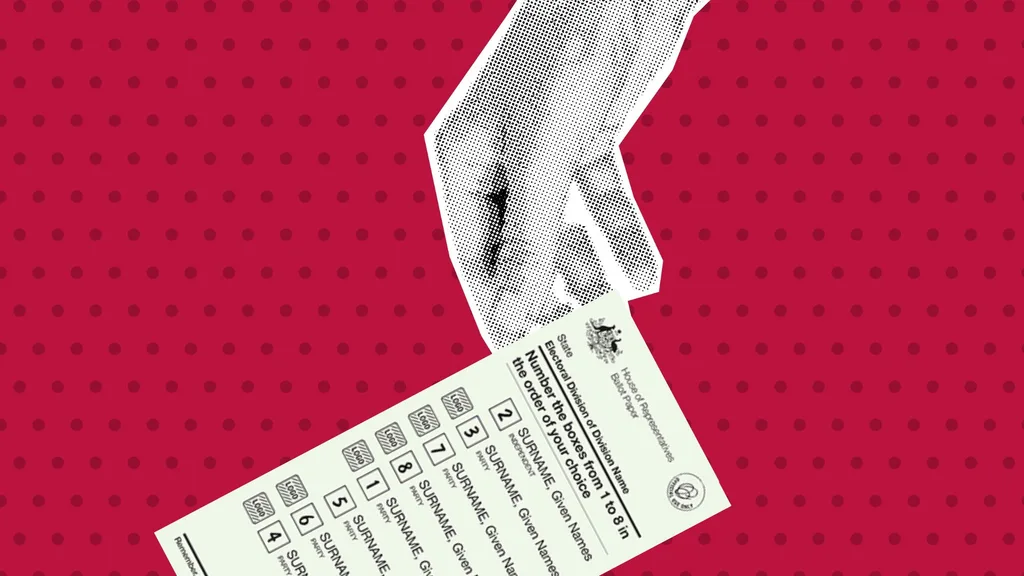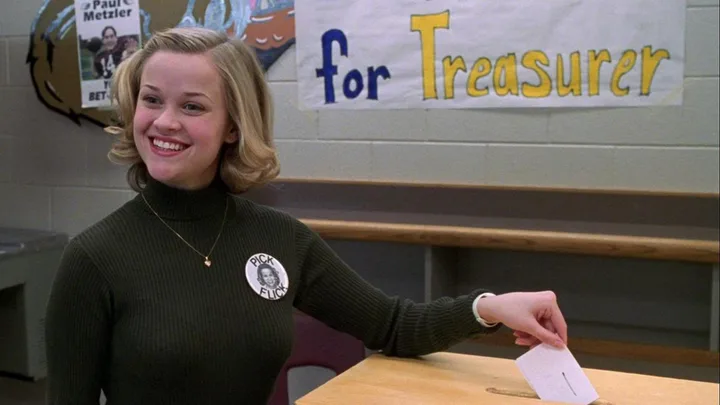As our country edges closer to its next federal election, it’s easy to become overwhelmed by the influx of political discourse, especially when it comes to navigating the preferential voting system in Australia.
We get it! With everything that’s going on in the world right now, it can be hard to filter through the noise and harder, still, to know exactly what filter to apply.
That’s why we’ve compiled this easy to follow guide to the preferential voting system and why this means there’s no such thing as a wasted vote – despite what you may have heard.
Quick Fix
What Is Preferential Voting?
Preferential voting allows Australian’s voting community an opportunity to voice who they want – and who they don’t want – to win the election.
Simply put, it’s a system that takes your voting preferences into account to ensure whichever candidate comes out on top is there because they represent the views held by the majority of the population. Or, at least the majority of those eligible to vote. Or, in other words, voters rank the candidates in order of who best aligns with your personal values.
While there are different types of preferential voting systems used both here, and around the world, for the sake of simplicity, we’ll focus on the preferences required for the federal election. Those being – filling in an order of preference for candidates on the green ballot paper (House of Representatives) and the white ballot paper (Senate).
How Does Preferential Voting Work In Australia?

The House of Representatives
The House of Representatives is made up of MPs representing 151 electorates across the country. When you head to the polls, you’re voting for the MP you wish to represent your electorate.
When voting for the House of Representatives (the green ballot paper), you need to place a preference number next to all of the candidates in your electorate – starting with 1 next to your first preference, 2 for your second and so on.
In order for a candidate to be successful in their electorate, they must receive at least 50 per cent of the votes.
Say the candidate you placed first isn’t elected, then your second choice is counted instead and so on, until one of the candidates reaches the 50 per cent mark.
What this means is that even if you allocated your number one spot to a smaller, or independent party that failed to win, your vote will still be counted towards electing your area’s member.
Senate
When it comes to the Senate, a proportional representation system is used – meaning that seats are allocated to candidates according to how many votes they receive. To be elected, candidates need to receive a certain amount of votes.
You can choose to vote above the line, or below the line – just not both.
If you choose the above option, you are voting for a political party or group and must number your preferences from 1-6 next to at least six parties. If there are fewer than six on your ballot, then you have to number all the groups.
If you choose to vote below the line, then you are voting for individual candidates within those parties.
As above, you must allocate your order of preference in front of at least 12 candidates. Again, if there are less than the required 12, you must assign a preference number to all of them.
When tallying the votes, candidates marked as number one are counted first. Any candidate who reaches their quota from that first round of counting will be elected. If votes for a single candidate exceed the required quota, then the second preferences of their votes will be counted, too – just at a reduced rate.
What this means is that multiple candidates have the chance of being elected if they also make their quotas. And, if any Senate spots still remain after this process, the candidate with the least amount of votes will be cut from the running and their votes will be distributed amongst the remaining names – based on the voter’s preferences.
If you’re still unsure, you can practice voting here.
Why It Matters

Have you ever been told that your vote is wasted if it’s not assigned to one of the major parties? We’re here to ensure you that you’re not alone in thinking this might be true.
Despite what you might have been told – or rather – how the major parties might have framed it, your vote is extremely powerful, regardless of which party or candidate you choose to allocate it to.
Not only does the preferential voting system provide us with the opportunity to have our voices heard by ensuring our preferences are given due recognition during the counting process, it also allows us to vote for minor parties and independents without ‘wasting’ our vote.
You are the only one who decides where, and for whom, your vote goes to, and while parties may try and influence how you number your ballots on election day with their ‘how to vote’ cards, at the end of the day, your preferences are just that; yours.
Regardless of whether your number one pick makes it in or not, preferences are a clear indicator of what matters to the people of Australia and the electorates they live in, and are often referred to by the elected party when considering future and current policy.
The last federal election saw a sea of Teal Independents upend both Labor and Liberal seats, with The Greens also taking on more seats in the Senate than ever before – sending a strong message to the big players that Australia was ready to challenge the two party system.
This year, Gen Z and Millennial voters will make up nearly 50 per cent of the voting demographic, marking an end to Baby Boomers’ era-defining political influence. All eyes are on the polls to see if such a seismic shift will result in significant shakeup, but one thing’s for sure, the major parties are taking notice.
Related articles:
- When Will The Australian Federal Election Be Called?
- What The Government’s Health Reform Boost Means For The Women Of Australia
- Life-Changing Endometriosis Treatment To Be Subsidised For The First Time In 30 Years

